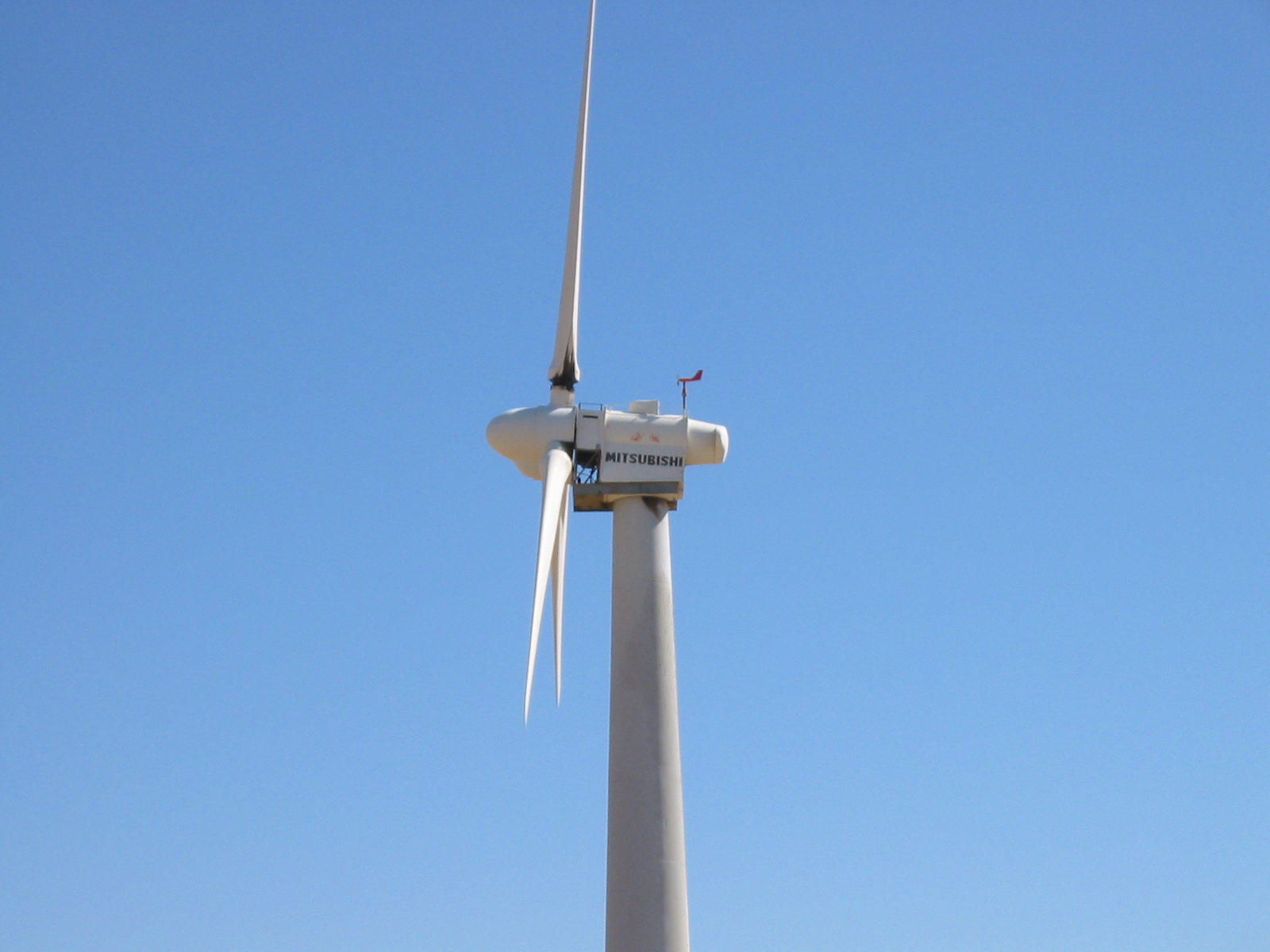How Solar Power Transforms Learning Environments
페이지 정보
작성자 Lovie Cribbs 댓글 0건 조회 19회 작성일 25-11-02 07:46본문
Integrating solar power into schools offers a range of learning opportunities alongside cost savings that go beyond just lowering energy expenses. Schools, colleges, and universities that adopt solar generators can move away from conventional utility networks, which often use non-renewable energy sources. This shift supports environmental sustainability and helps institutions achieve carbon neutrality targets.
A key benefit is consistent portable power station for camping supply in emergencies. Institutions located in disaster-prone or rural regions can keep essential systems running during unexpected outages. Lights, computers, communication devices, and medical equipment stay powered, protecting student well-being and uninterrupted learning. This resilience is vital during extended closures, standardized testing, and natural disasters.
Solar generators also serve as hands-on teaching tools. Students can understand solar energy principles by observing how solar panels collect sunlight and convert it into usable power. Science and engineering classes can access live performance metrics to examine power conversion rates, storage capacity, and ecological benefits. This practical exposure fuels passion for science and technology and equips them for green industry roles.
Economic efficiency is a major plus. Once installed, solar generators demand little upkeep and have zero fuel expenses. The money saved on electricity can be used to fund lab equipment, software licenses, or clubs. For budget-constrained districts, this can make a significant difference in the quality of education delivered.
In addition, using solar energy promotes environmental awareness. Students see their school taking tangible steps to reduce its carbon footprint. This example inspires individual accountability and embeds green thinking into school identity. It also signals to stakeholders that academies drive innovation in championing sustainable change.
They offer modular, flexible deployment making them perfect for remote labs, mobile instruction, or pop-up learning zones. Whether powering a science lab in a remote location or supporting presentations at community events, they offer quiet, clean power alternatives to fossil-fueled units.
By integrating solar generators into their operations, educational institutions not only improve their infrastructure but also model a commitment to a healthier planet. The result is a campus culture that prioritizes durability, affordability, and green values — equipping learners for a world powered by renewables.

- 이전글Why Is Buy A2 Driving License Online So Popular? 25.11.02
- 다음글중앙공원 롯데캐슬 어에서 멋진...<br>아주경제=이 24.11.20
댓글목록
등록된 댓글이 없습니다.
